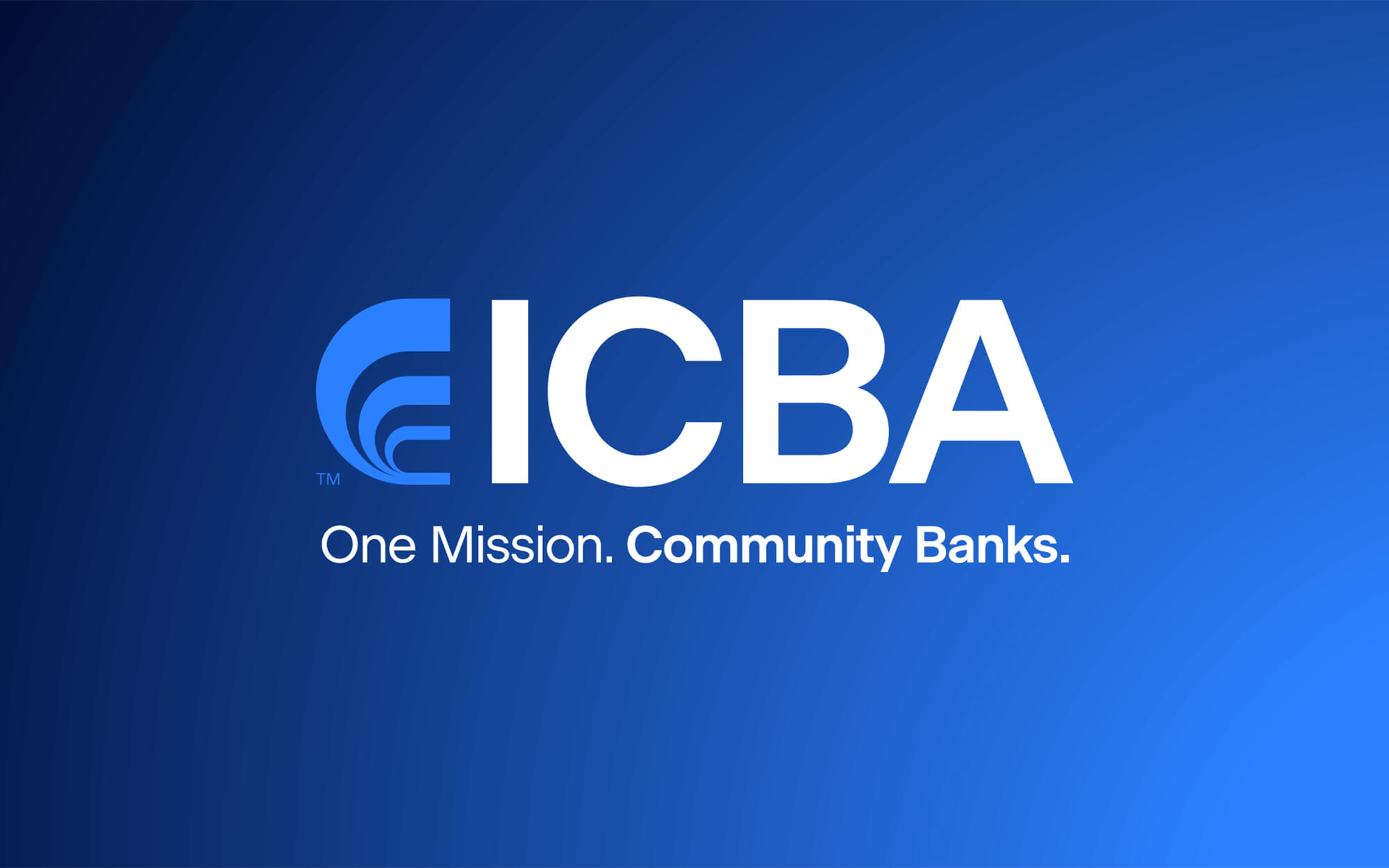When autocomplete results are available use up and down arrows to review and enter to select.
There’s been a lot of chatter lately about brand power and how brand drives an organization’s outward expression of its mission and values by being at the heart of great client and employee experiences. It sounds good in theory but what does purposefully branding look like and what is the value to an organization that deliberately chooses to make its purpose the cornerstone of all customer and employee interactions?
At its most basic level, branding implies that an organization has done its due diligence to understand its product, market, and relative competitive value. But to truly inject Purpose into the process means first defining an organization’s motivation and then building a holistic brand around it that exemplifies its reason for existing beyond making money. By connecting with consumers and employees on this more emotional level, a purpose-driven brand inspires loyalty, innovation and yes, increased engagement.
So, where to begin? Purpose-driven brands know who they are, what they stand for, and how their desired reputation shapes their business goals in a way that drives company actions and aligns with the driving philosophy. Far beyond a mission statement, a brand purpose includes a path to activation that ensures all of the outreach to target audiences has the reinforcement of the brand purpose in mind.
Think about the emotional responses to brands like Patagonia, Disney or American Express. The feeling towards these brands is visceral because every interaction, whether marketing-, customer service- or employee-oriented is built around a defined brand purpose.
But please don’t mistake brand purpose as a catchall to make an already established offering suit a new use case. Audiences can see right through that and it’s much more effective to use brand purpose to shape a narrative that reflects the institution and its evolution over time. This also implies that brand purpose can’t just be a set of stand-alone marketing tactics but rather should be embedded into the fabric of an organization. Audiences need to see brands committing to their purpose for the intent to take hold.
A winning brand purpose puts key audiences first and at the center of every decision made. This may seem easier said than done. Because while a brand purpose may not resonate with all buyers, it should generally appeal to key demographics. After all that’s what really makes a brand “matter” to those who are most likely to benefit from any organization’s unique offering.
Previous News
Marketing programs are critical to portfolio health and expansion. The key to success is simple: get started and take action! The steps below should help you start your journey.
ImageSep 25, 2023
Banks have traditionally relied on interest income from loans and deposits, but non-traditional financial services companies are providing competition for these core products. To survive long term, banks must find alternative revenue streams and recognize the demand for innovative products and services.
ImageSep 25, 2023
With over half of 2023 now firmly in the rearview mirror, we’re hoping community banks have put our digital payments transformation resources (icba.org/digital-transformation) to good use—leveraging our whitepaper and workbook to refresh (or create) a digital payments strategy and accompanying roadmap.
ImageSep 25, 2023
Related News Taxonomy
May 28, 2025

May 28, 2025

May 28, 2025
